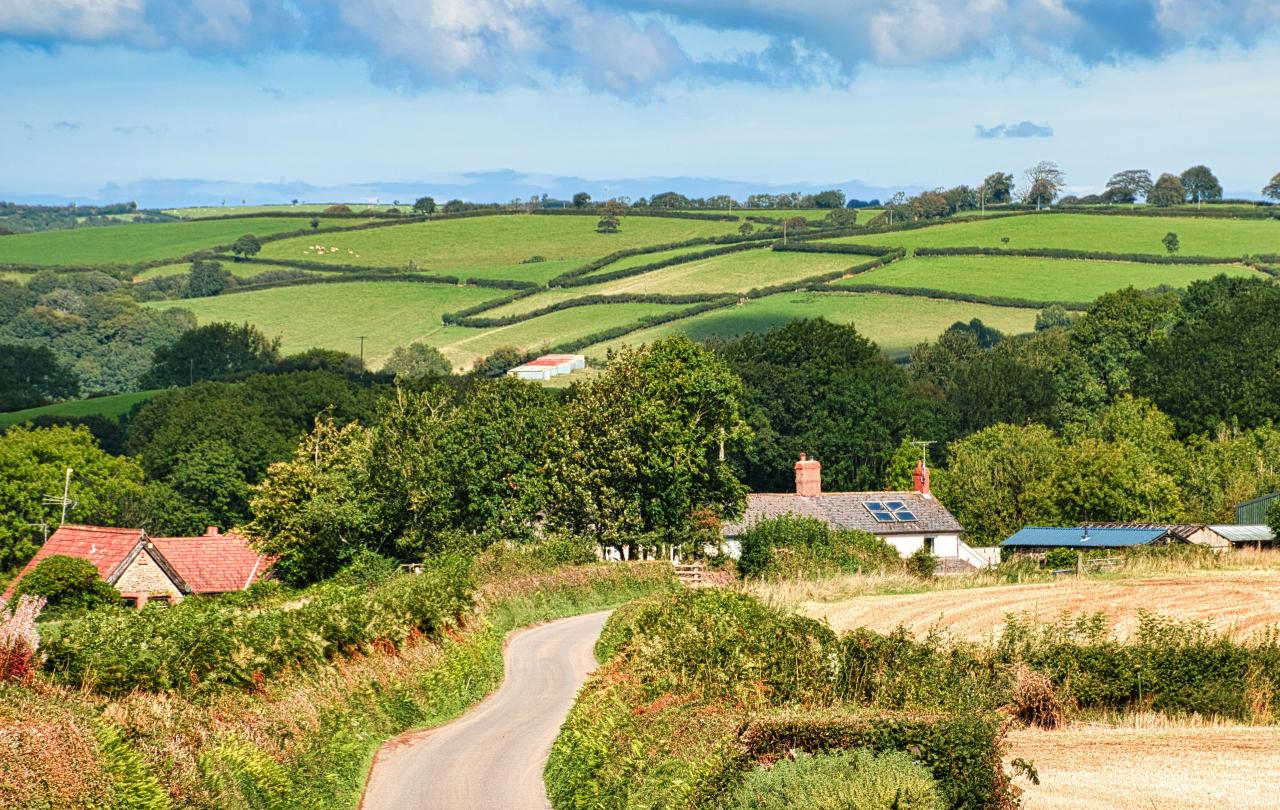
I learned about a concept called ‘thought-terminating clichés’ recently. They’re throw-away phrases often used in cults and cult-like social phenomena as a way of shutting down debate. So, for example, if you’re chatting with, say, an anti-vaxxer, they might say “you need to go and do your research” as way to shut down the debate.
Once you notice this, you see it everywhere. And there was one ‘thought-terminating cliché’ I heard a lot this weekend. “The magic of the cup.”
Can I be honest with you? I don’t like the FA Cup. This weekend saw the latest round of cup fixtures and all it did was remind me why. Okay yes, I’m still a bit miffed about Plymouth knocking Liverpool out. But that’s not it, I promise.
Every single time these weekends come around it inevitably ends up with lots of tedious discussion about ‘The magic of the cup’ as people get starry-eyed and nostalgic about ‘giant-killings’ and the tragic loss of FA Cup replays.
For example, in the last round of cup fixtures, National League team Tamworth took Premier League club Tottenham Hotspur to extra time. They ultimately lost 3-0 but, in previous years, they would have ‘earned’ a reply at the Tottenham Hotspur Stadium and, as a result would have gained more money in gate receipts than the club normally generates in a whole year.
For some, it was proof that scrapping FA Cup replays was damaging grassroots and lower league football. Nobody seemed to care about the fact that Tamworth only scraped through the previous round on penalties, precisely because there were no replays in the cup this year. In other words, they were only playing Spurs because the replays were scraped in the first place.
Discussions like this can be – should be – a good opportunity for the footballing community to have honest conversations about what the sport ought to look like. Who is football for? What is the point of football? How should the sport’s resources be distributed across the football pyramid?
But of course, as is so often the case in contemporary society, we are simply unable to have an open, transparent, and well-intentioned conversation about these fundamental issues. In particular, one discussion caught my eye over the weekend.
Debate around VAR shows how deeply ingrained tribalism is within football: I would rather my team won unjustly rather than lost fairly.
A lot has been said about VAR since its introduction to the premier league in 2019. Many have lamented its impact. No longer is it possible to simply celebrate a goal. Now there’s always the VAR, always threatening to take away that last minute winner for some small infraction that occurred 5 minutes before the goal was actually scored. All VAR has done, so say the critics, is give greater power to the incompetent referees and their mates.
And the damage of VAR was only proved this weekend in the FA Cup, as this was the last round of fixtures not to have VAR before its introduction in the fifth round.
Fans were able to celebrate goals without worrying that the Grinch With A Whistle was going to take it away. No longer would we have to sit twiddling our thumbs while three men in Stockley Park used a magnifying glass and a series of made-up lines to work out if someone’s little toe was offside. Let joy be unconfined!
And yet, there were loads of officiating errors over the weekend. Blackburn had a goal ruled out against Wolves for offside; Dominic Hyam looked on. Brighton beat Chelsea; Tariq Lamptey looked to have handled the ball. Manchester United scored a dramatic last-minute winner against Leicester City; scorer Harry Maguire almost certainly looked offside. There were multiple other incidents we could reference; you get the point.
But this is all just a small price to pay; it’s The Magic of the Cup after all. And this is where football needs to decide what it’s fundamentally all about. Is it a sport, a competition? Or is it entertainment?
It can, of course, be both – and most of the time it is. But if we decide that football is to remain fundamentally a sport and not completely concede the point that it is now entirely a TV product, then VAR has to be here to stay. My minor inconvenience when I prematurely celebrate a disallowed goal, or sit in a freezing stadium not knowing what VAR is doing, all this is the price we pay for ensuring competitive rigour.
Debate around VAR shows how deeply ingrained tribalism is within football: I would rather my team won unjustly rather than lost fairly. As in so many aspects of life, loyalty to ‘my team’ blinds me from what is best for those around me. Football’s inability to ‘solve’ the perennial problem of the FA Cup, what it’s fundamentally for, and how VAR is best implemented into it, is just a symptom of a wider social tendency towards self-interest over equity and justice.
Sometimes, winning as a collective involves losing as an individual. Sometimes the best thing for football is seeing that last-minute winner rightly ruled off, embarrassing though it may be. The Magic of the Cup indeed.
Join with us - Behind the Seen
Seen & Unseen is free for everyone and is made possible through the generosity of our amazing community of supporters.
If you’re enjoying Seen & Unseen, would you consider making a gift towards our work?
Alongside other benefits (book discounts etc.), you’ll receive an extra fortnightly email from me sharing what I’m reading and my reflections on the ideas that are shaping our times.
Graham Tomlin
Editor-in-Chief





